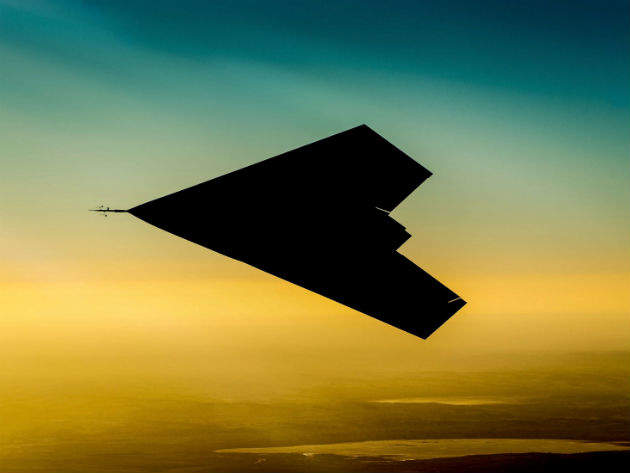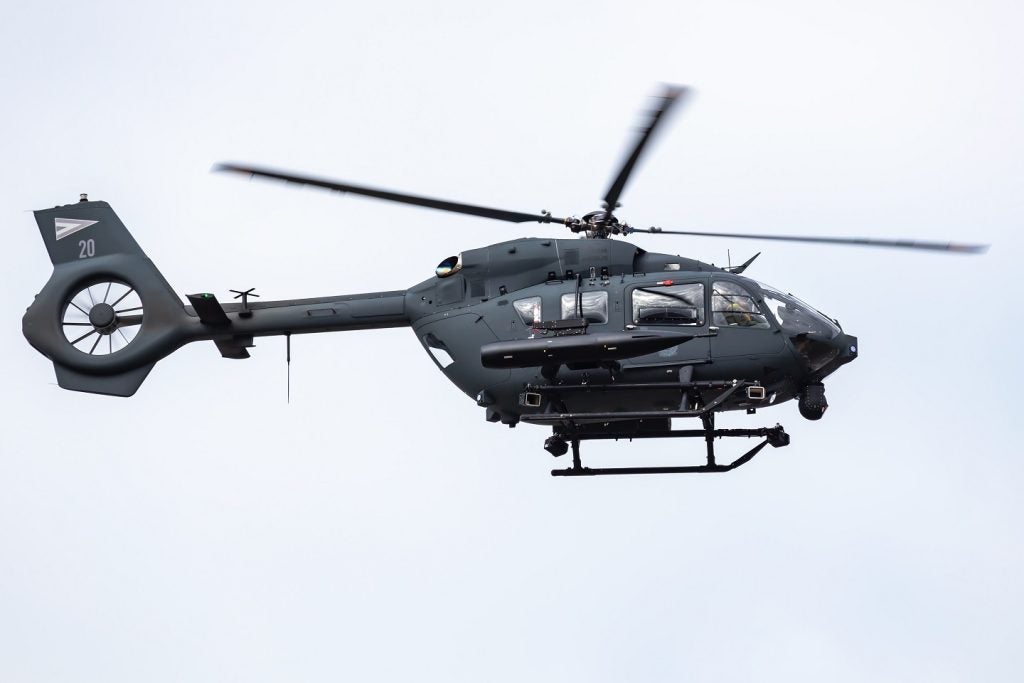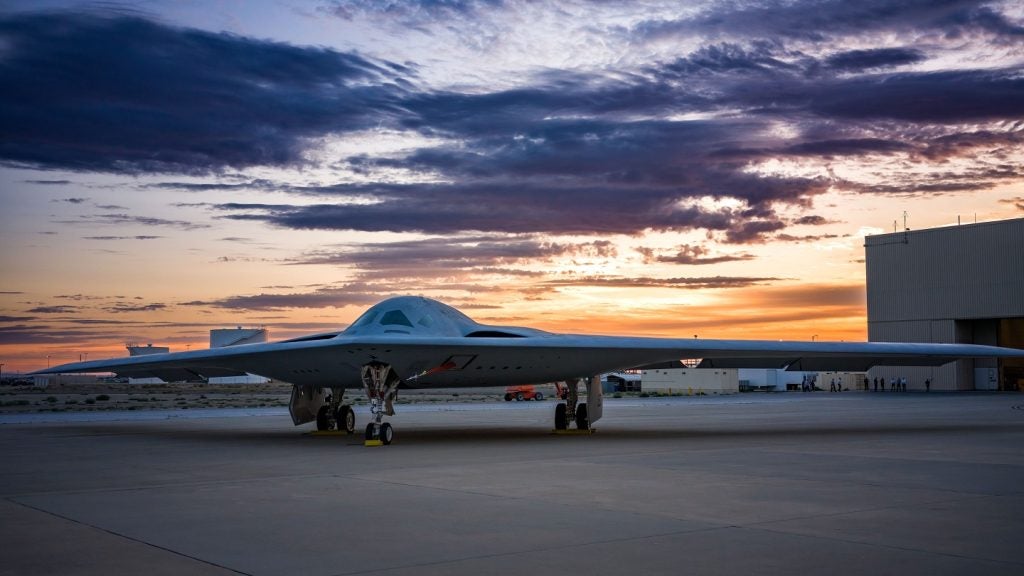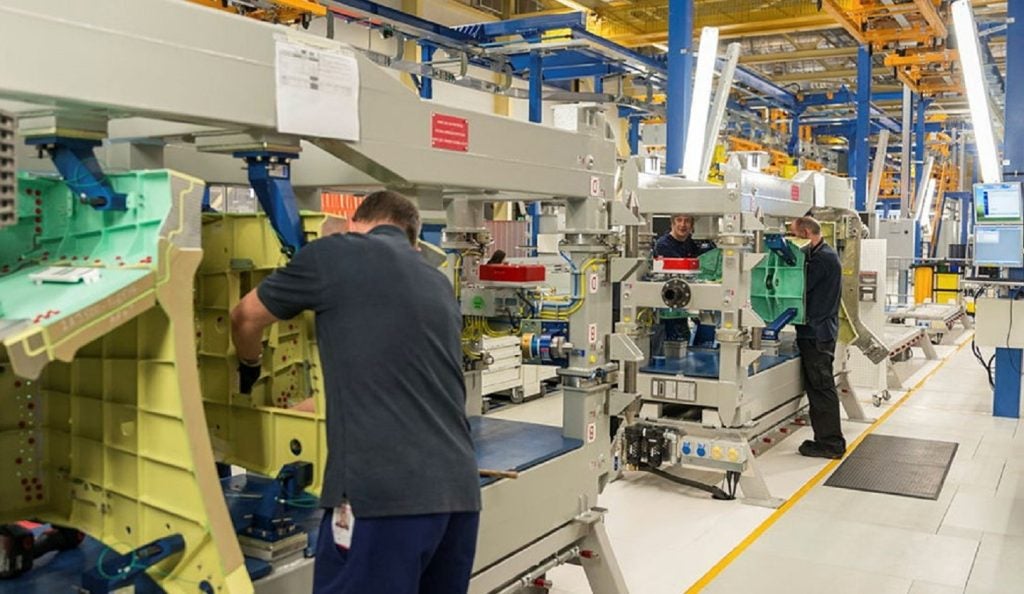

As one of the UK's closest trade partners, France plays a key role in the development of defence technologies that equip UK armed forces with some of the most advanced platforms and weapons systems fielded worldwide.
The relationship between the UK and France is mutually beneficial to both parties' armed forces and defence industries, with the bi-annual UK-France Defence Summit providing an opportunity for trade talks and joint operations to be discussed in the context of a continued close alignment.
This year's summit, held in Amiens, France, in March, saw a strong resolve from both nations to continue to face security challenges and threats together, and to further develop the bilateral relationship reinforced by the Lancaster House Treaty signed in 2010. Coperation in the field of defence capabilities and equipment is a central aspect of the treaty, and a number of significant achievements made against key objectives identified at the 2014 summit in Brize Norton, UK, were highlighted.
The next step
Most significant is the progress that has been made on the Future Combat Air System (FCAS) programme. France and the UK agreed in Brize Norton that future air combat systems would be explored under a two-year feasibility study. This £120 million study was launched in November 2014 in order to inform a follow-on demonstration programme by defining potential concepts and technologies.
See Also:
According to the UK Ministry of Defence (MoD), the programme is "now looking to transition to the next phase in 2017, which will prepare for the full-scale development of unmanned combat air system (UCAS) operational demonstrators by 2025."
How well do you really know your competitors?
Access the most comprehensive Company Profiles on the market, powered by GlobalData. Save hours of research. Gain competitive edge.

Thank you!
Your download email will arrive shortly
Not ready to buy yet? Download a free sample
We are confident about the unique quality of our Company Profiles. However, we want you to make the most beneficial decision for your business, so we offer a free sample that you can download by submitting the below form
By GlobalDataThe demonstration programme – the most advanced of its kind in Europe – "will be centred on a versatile UCAS platform that could serve as a basis for a future operational capability beyond 2030."
More than €2bn will be invested in the programme, with a technical review slated for around 2020. In addition, the MoD said, "we will strengthen our collaboration by working together to analyse the future combat air environment including how manned and unmanned systems might operate together."
UK capability
FCAS is the most ambitious programme of its kind in Europe. Two national designs, one French and one British, will be developed, followed by a design that will be taken forward jointly. The end result should be a UCAS capability that can perform sustained surveillance, target designation, intelligence gathering and strike missions in hostile territories.
Six industry partners will work on the project from the British and French industrial bases: BAE Systems, Dassault Aviation, Thales France, Leonardo Airborne and Space Systems (formally Selex ES), Rolls-Royce and Safran.
BAE Systems will lead UK efforts on the project, building on lessons learned from the Taranis technology demonstrator project. Taranis is a stealthy unmanned combat vehicle demonstrator designed to undertake sustained surveillance, mark targets, gather intelligence, deter adversaries and carry out strikes in hostile territory – all under the control of a human operator.
Jointly funded by the UK Government and industry, the £185m project is being undertaken to "help the UK MoD and Royal Air Force make decisions on the future mix of manned and unmanned fast jet aircraft and how they will operate together in a safe and effective manner for the UK's defences."
UK companies including Rolls-Royce, GE Aviation and QinetiQ, along with MoD personnel, are working on the programme, with BAE Systems acting as prime contractor and lead on low observability, systems integration, control infrastructure and full autonomy elements.
The demonstration programme was split into two primary phases: Phase 1 for Airframe, Airdata and Aerodynamics and Phase 2 for Low Observability. Since Taranis' unveiling in 2010, a number of successful flight trials have been undertaken – commencing in 2013 – to confirm the performance and functionality of the systems, avionics, imaging sensors and low observable technologies.
Although few details on the aircraft's technologies and capabilities have been released, the MoD said that the findings from these flights "prove that the UK has developed a significant lead in understanding unmanned aircraft which can strike with precision over a long range whilst remaining undetected."
Seeing unseen
Following the Amiens summit, Dassault Aviation said it and its partners were "delighted at the two countries' shared intention to pursue cooperation in military aviation, and particularly to launch a new phase in 2017 with the 'scale 1' development of a UCAS operational demonstrator," and that it is "important to prepare for the future in the strategic field of combat UAVs."
Dassault will lead the French team and draw on work undertaken as the prime contractor for the nEUROn UCAV demonstrator programme. nEUROn is being developed by the French Government with industry input from Italy, Sweden, Spain, Greece and Switzerland. The programme was initiated in 2003 in order to demonstrate maturity and technical solutions to meet the challenges the air combat industry will face over the coming decades.
Areas of development have included work on the shape of the vehicle to make it as aerodynamic as possible with a 'flying wing' design, low observability and stealth technologies, improvement of autonomous processes and the ability to carry and deliver weapons from an internal bay, as opposed to the external loading capabilities combat aircraft are designed with today.
The demonstrator undertook its first flight in December 2012, and since then has gone on to validate a number of scenarios, including insertion in the test range airspace, air-to-ground subsonic mission, and the detection, localisation and autonomous reconnaissance of ground targets without being detected. Air-to-surface weapon release from an internal bay, low-observability and electro-optical performance have also been demonstrated.
In June 2015, Dassault declared nEUROn a "success", saying: "The 100th nEUROn test flight successfully completed the test campaign in France, including opening the flight envelope, providing a 100 percent stealth configuration, and stealth demonstration flights against real air-to-air and ground-to-air weapons, including both radar and infrared detectability."
How the lessons learned from Taranis and nEUROn will feed into the next phase of the FCAS programme is yet to be confirmed, but it is safe to say that these programmes have given UK and French industry partners a firm footing to tackle the unmanned future of combat aircraft.






